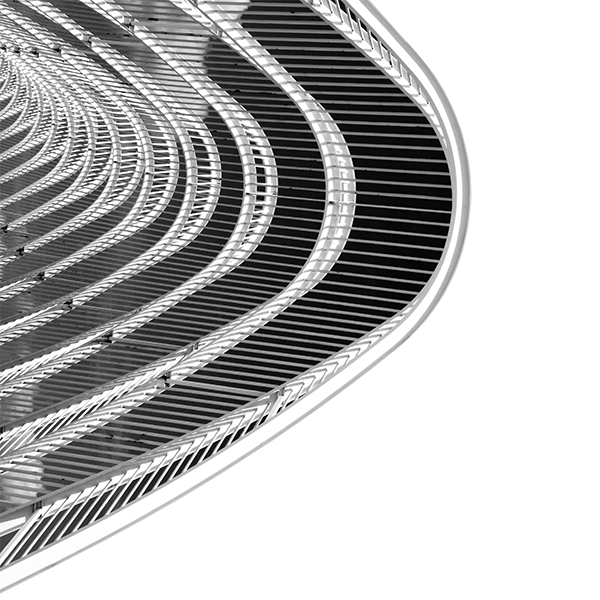Optimizing Schematics: The Importance of Design Review

Devices must comply with EMI/EMC standards and regulations, but where do you start in the testing process? You can start by using simulation. This is a good option because you know how a product will behave, but it could end up costing you in the long run.
“PCBs are so complex nowadays that if you wanted to simulate every single power and trace with some kind of signal that doesn’t make sense time wise,” EMA Senior Scientist and Associate Product Manager Sebastian Soldwisch said. “Through design review if you know where problems are likely to occur then you can make a focused effort and reduce your time in both simulation and troubleshooting your simulation.”
EMA offers electronics design review for electromagnetic effects such as radiated emissions, radiated susceptibility, conducted emissions, and conducted susceptibility. We have experience ensuring printed circuit boards (PCBs) will pass MIL-STD-461G, FCC, and CISPR standards. Our team is able to help before you make an initial prototype or after when you have noticed issues that could impact functionality or meeting compliance requirements, but we do believe the earlier you review your designs the better.
What is Design Review
EMA can review all electronic designs, especially PCBs, but also cables and enclosures. In the lab you could find signal degradation or very strong characteristic fields that could lead to problems. You can find other issues after completing near field sniffing, which uses probes to locate the source of electromagnetic interference (EMI) emissions. Using early design review can identify potential sources of problems, before a prototype is made and testing is done, saving time and money.
“You want someone with expertise to glance over how things are laid out and the geometry of the board to see ‘oh yes, a major issue you have is that oh you’re doing this on layer three,’” EMA Computational Signal Integrity Engineer Ryan French said. “We need to understand how this is failing.”
Design Review Process
We complete the design review process in four steps.
- Schematic review, including stackup and blueprint of the device
- Layout review
- Simple simulations including crosstalk, power delivery, network impedance, and similar, if time allows
- Report
PCB Design Review Example
This example shows how we review a PCB. To start, we need EDB files of the board.
“So, one thing I look at before I start looking at the traces on the board or anything, I look at what their actual stack up is,” French said. “I want to make sure that their stackup is going to meet their power delivery needs, that their signals all have good references nearby.”
If issues are found in the stackup we will give you designs for a better and ideal layout. Figure 1 shows how an ideal stackup is shown in final reports.

Fig. 1. The ideal stackup for this example designs.
After we look at the stackup, we will look for impedance issues. This can be done looking at the layout of the board. Figure 2 details signals on layer 2 and their layer 1 return planes. This image shows several problems. French says you should always reference these traces to a plane, and this image shows how they jump over the planes.
“This is a huge risk of EMI anytime you see any of this stuff,” he said.

Fig 2. Example PCB. Signals on layer 2 (pink) and their layer 1 return planes (green).
EMA will also take a closer look at termination schemes and connectors.
“If you don’t properly terminate a signal, it can just bounce back and forth along a trace and that radiates,” French said. “You have a signal pin, but you’re missing a return pin and I’m not even sure what’s going to happen with this.”
Results
We will write a final report after we review the entire board. The final report includes images and a table with each issue that we found, the severity, what category it fits in, what exactly the issue is or any notes we want to add, and finally we will give you our opinion on how to remedy the issue.
We will take screenshots and include other figures for optimal PCB layout in the report. We also rank issues on how likely it is to cause EMI or signal integrity (SI) issues, Figure 3.

Fig. 3. Table showing how we designte design problems.
Design Review v. Simulation
The final report helps designers understand how to better run a simulation by letting you know where problem areas are likely to occur so you can make a focused effort. This reduces time spent setting up, running, and troubleshooting the simulation.
“Oftentimes because of the nature of these things, they have a lot of chips and some of them may be programmable and so you cannot just import and hit run,” EMA Principal Scientist Vittorio Picco said. “You need to import and know where you want to apply a source to the simulation in order to reproduce the effect. What we’re learning is that these things are all often very necessary in order to make an informed decision and how you apply those things rather than kind of blindly sticking stuff around and hoping that it works.”
Start Now
EMA design review is a serve like none other. Our experts know the ins and outs of electronics design, making it easier for you to find and resolve problems.
“I think a full-scale simulation is usually like ‘we went, did EMI testing and we failed,” French said. “We need (design review) to understand how this is failing.”
Click here to learn more and get started.

